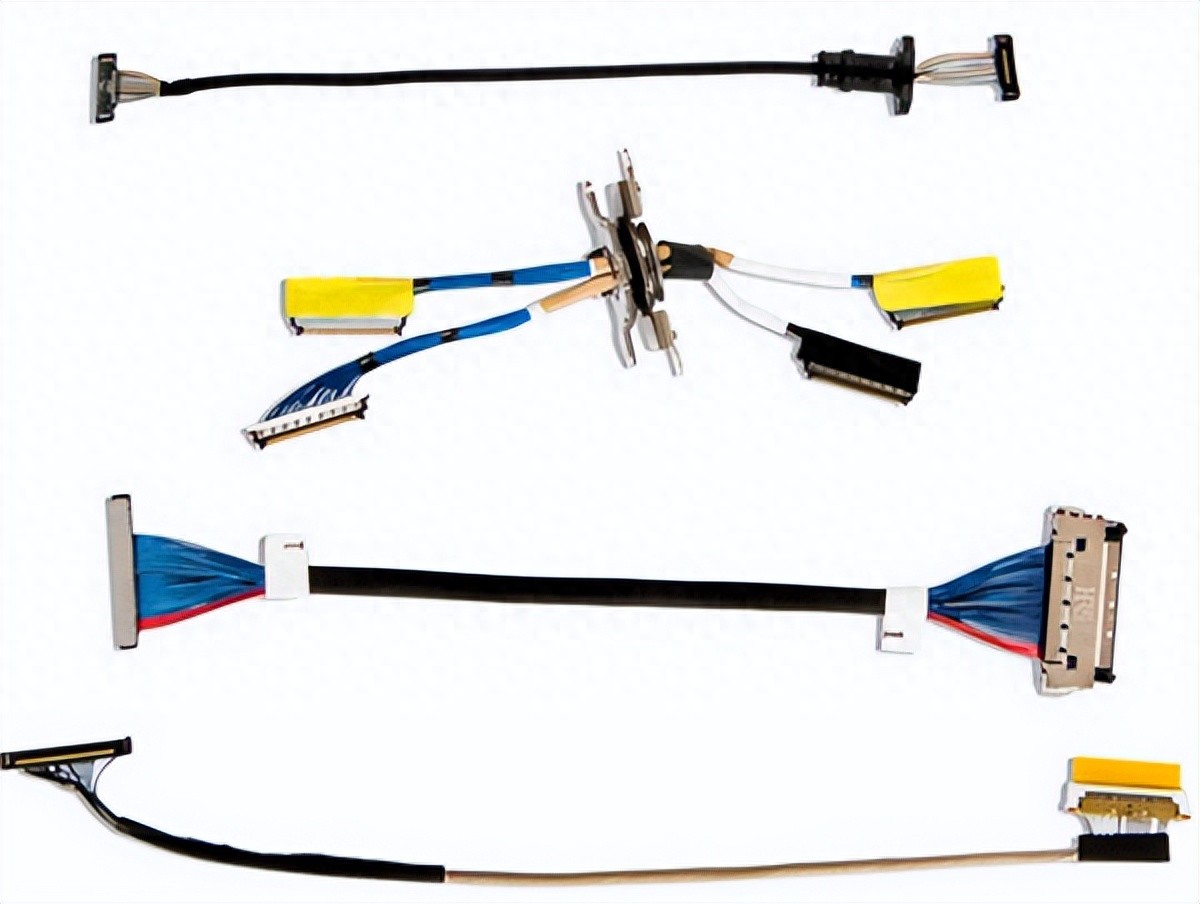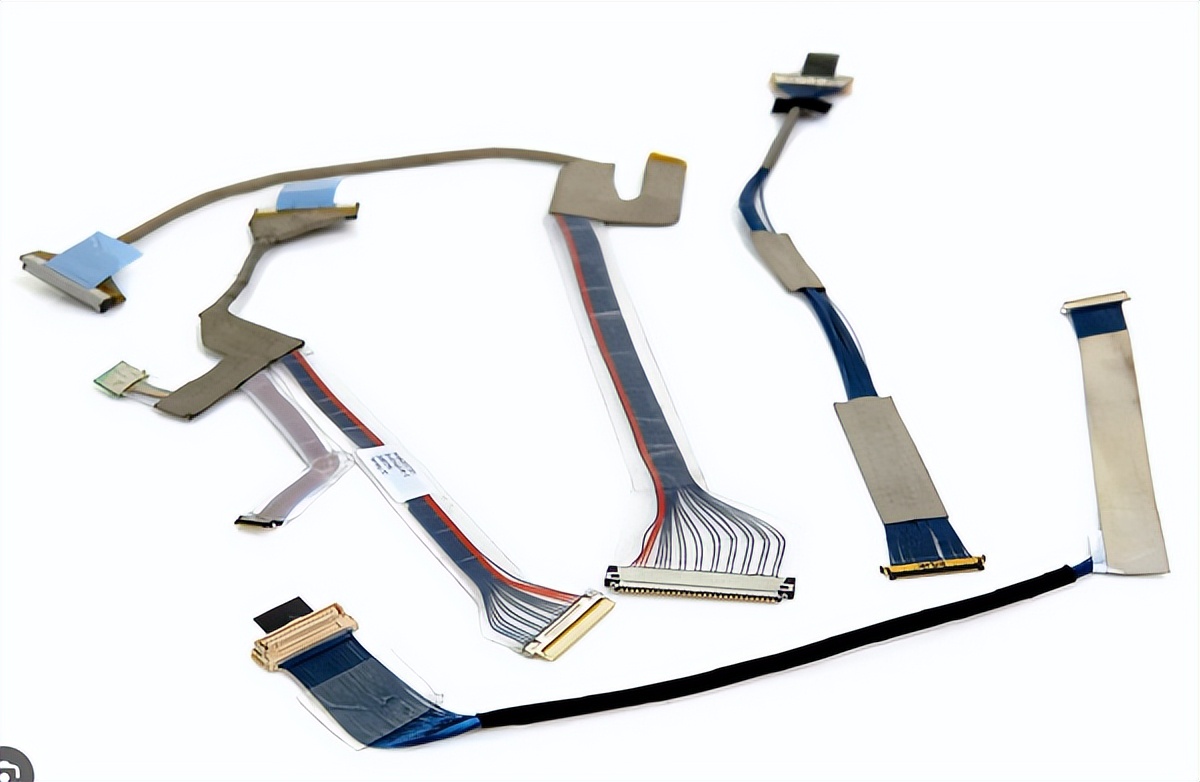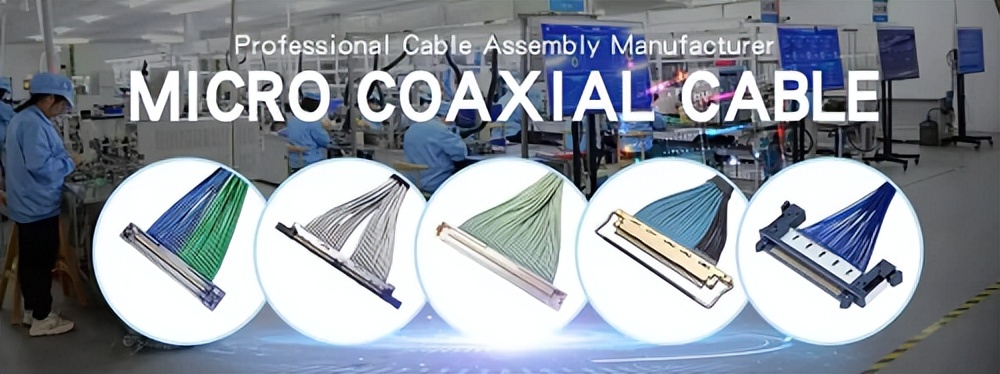Categorization:Harness Component
With the development of high-speed communication and miniature electronic devices, **micro coaxial cable** is widely used in high-frequency signal interconnection scenarios due to its compact structure, strong anti-interference ability, and stable transmission performance. However, as the transmission frequency continues to increase, signal loss has become an important factor affecting system performance. How to effectively control high-frequency loss while maintaining the lightweight and flexibility of the ultra-thin cables is a key issue that engineers are concerned about.
The main sources of loss
Insertion loss
The central conductor of a very thin coaxial cable has a very small diameter. As the signal frequency increases, the current concentrates on the surface of the conductor (skin effect), resulting in a reduction of the actual conductive area and thereby increasing transmission loss. At the same time, the longer the cable, the more obvious the signal attenuation.
Reflection loss and impedance mismatch
In high-frequency systems, if the impedance of the coaxial cable is not consistent with the connector or interface, reflected signals will be generated, resulting in power loss and waveform distortion. Ensuring consistent impedance throughout the entire link is a key measure to reduce reflected loss.
Electromagnetic Interference (EMI) and Crosstalk
The extremely thin coaxial cable束 has certain shielding capabilities, but if the shielding design is not properly done, external electromagnetic noise or crosstalk between adjacent cables may affect signal stability. Especially in complex environments such as in-vehicle and industrial settings, electromagnetic interference issues are more prominent.
Insufficient radiation shielding coverage
At high frequencies, insufficient weaving density of the shielding layer may cause radiation loss. The use of aluminum foil or multi-layer composite shielding structures can significantly improve signal integrity and effectively suppress energy leakage.
Effective methods to reduce losses
1. Optimal Conductors and Insulating Materials
Using low-resistance conductors (such as oxygen-free copper or silver-plated copper) can reduce conductor loss; selecting insulating materials with low dielectric loss (such as PTFE or foam polyethylene) can reduce dielectric energy absorption and improve signal transmission efficiency.
Strengthen the shielding structure design
The use of multi-layer shielding (combination of weaving and aluminum foil) can not only enhance the anti-interference performance but also improve electromagnetic compatibility while maintaining flexibility.
Reasonably control line length and bending radius
In the design of transmission lines, shortening the transmission path and adhering to the minimum bend radius of the cable can effectively reduce insertion loss and impedance deviation caused by structural deformation.
Precision termination and impedance matching
The high-frequency system has extremely high requirements for the connection process, which requires precise stripping, crimping, and termination processes to ensure the continuous impedance of the entire link, thereby reducing reflection and standing wave problems from the root cause.
Multi-core flexible harness assembly
Combining multiple miniature coaxial cables in a reasonable structure can further suppress common-mode interference while maintaining low loss, improving signal stability.
Suppression of common-mode noise and ground interference
Adding ferrite magnetic rings or a balanced-unbalanced transformer (Balun) in system design can effectively reduce common-mode interference and improve the purity of high-frequency signal transmission.
In high-frequency transmission environments, controlling the loss of extremely fine coaxial cable束 is a systematic engineering project, involving the coordination of materials, electrical design, and technology. By optimizing the conductor structure, reinforcing the shielding, and strictly matching the impedance, stable and low-loss high-speed signal transmission can be achieved while maintaining the advantages of cable miniaturization.
I amSuzhou Huichengyuan Electronics, focusing on the customization and design of high-speed signal cable harnesses and ultra-thin coaxial cable harnesses, committed to providing customers with high-reliability high-speed interconnect solutions. If you need technical support or a customized solution, please contact:Manager Yin 18913280527 (WeChat number same)。